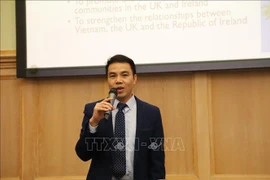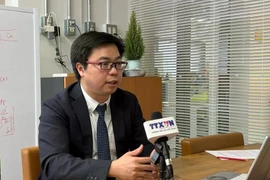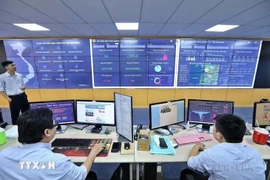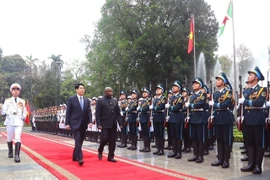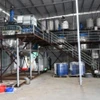Sydney (VNA) - The Politburo’s Resolution 57-NQ/TW on breakthroughs in science, technology, innovation, and national digital transformation holds special significance for Vietnam's current development stage, as the country is undergoing a strong transformation to catch up with the Fourth Industrial Revolution, international integration, and enhance its competitiveness, according to an expert.
The resolution not only sets out a comprehensive strategy to propel Vietnam further in the digital era but also plays a key role in creating momentum, providing directions, and mobilising resources to achieve the necessary breakthroughs, said Nguyen Tuan Nghia, an expert in artificial intelligence (AI), who was honoured with the title of Fellow of Engineers Australia by the Engineers Australia, and a member of the Vietnam-Australia Scholars & Experts Association (VASEA).
In the current phase, effectively implementing the resolution will help Vietnam escape the middle-income trap, build a knowledge-based economy, and rise to become a technology-driven and innovative nation, Nghia stated.
Accoridng to the expert, Vietnam currently has an advantage of being a rapidly growing digital market in areas such as financial technology, e-commerce, artificial intelligence (AI), and telecommunications, with large tech corporations like Viettel, VNPT, FPT, and VNG investing heavily in digital transformation, AI, big data, and cloud computing. The government is also accelerating the development of e-government and digital infrastructure, helping Vietnam improve its ranking in the United Nations e-government index.
However, Nghia pointed out that Vietnam lacks high-tech talent, particularly in core areas such as AI, semiconductor chips, and cybersecurity, while investment in research and development (R&D) remains low and has not yet reached the average level of developed countries, and support policies for tech enterprises are also not strong enough.
Therefore, he stated that while the goals set by Resolution 57 are achievable, there needs to be a significant breakthrough in R&D investment, institutional reform, and workforce training.
The expert proposed Vietnam increase investment in R&D to 2-3% of GDP, with a focus on AI, semiconductor chips, biotechnology, and renewable energy, promote high-tech talent training, and collaborate with top global universities to develop specialised education programmes. Additionally, he suggested attracting investment from major tech corporations, creating favourable conditions for them to establish R&D centres in Vietnam, and enhancing international cooperation, especially with leading science and technology countries like the US, Japan, the Republic of Korea, and the European Union (EU).
He held that Vietnam has many sectors with the potential for significant breakthroughs, which could help transform the country into a technology and innovation hub in the region, including digital technology and AI; semiconductor and microchip industries; financial technology (Fintech) and the digital economy; biotechnology (Biotech) and digital healthcare; the Internet of Things (IoT) and automation industries; as well as renewable energy and environmental technologies./.
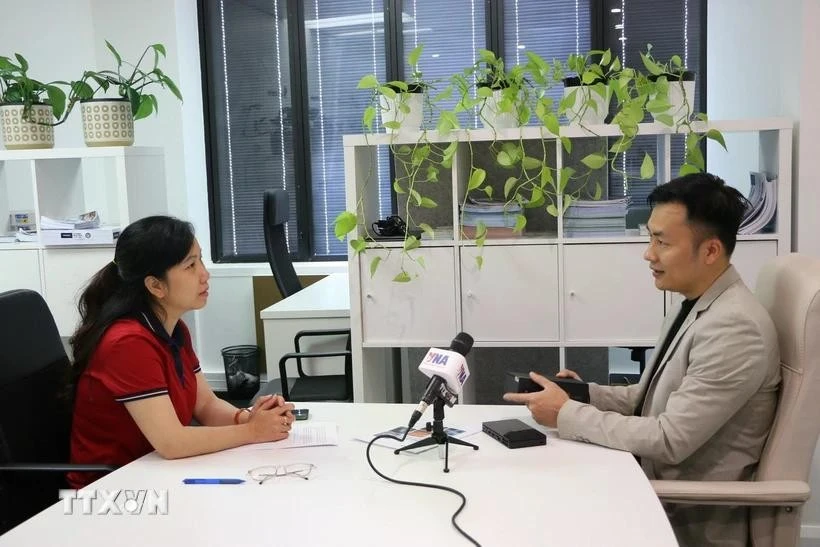
See more

Vietnam showcases cutting-edge technologies at Hannover Messe 2025
Beyond traditional IT outsourcing (ITO) and digital transformation services, Vietnamese firms also present innovative solutions in AI, manufacturing, green transition, and semiconductor technologies, sectors that are drawing increasing global interest at Hannover Messe 2025.
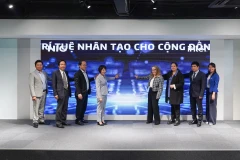
Vietnam, Intel join forces to make AI education accessible to all
Developed by Intel, “AI for All” is a self-paced online learning programme tailored for everyone - from students and office workers to parents and senior citizens.
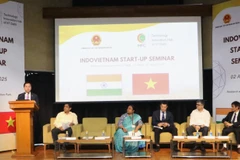
Vietnam, India step up support for startups
Vietnamese Ambassador to India Nguyen Thanh Hai highlighted the workshop as a key step in realising agreements from Prime Minister Pham Minh Chinh’s visit to India last year, where the two sides committed to boosting collaboration in technology and startups.
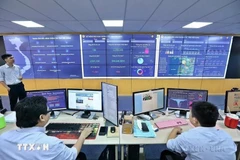
Vietnam needs comprehensive plan for science-technology breakthroughs: expert
Vietnam needs a comprehensive plan, a long-term vision, and the active involvement of various sectors and economic stakeholders to create breakthroughs in science, technology, innovation, and national digital transformation, according to Ha Son Tung, senior specialist and deputy head of the Advanced Optical Technologies Department under Singapore’s Agency for Science, Technology and Research (A*STAR).

Cyberattack trends in 2025: Rising threats and urgent actions for businesses
The report provides a comprehensive overview of the country’s cybersecurity situation over the past year, warning of increasingly complicated threats and offering key recommendations for businesses to strengthen their defences.
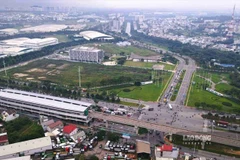
HCM City forum strengthens Vietnam’s semiconductor, high-tech supply chains
Speaking at the event, Vice Chairman of the municipal People’s Committee Vo Van Hoan highlighted that the city has established itself as an attractive destination for investments in the domains, given its complete ecosystem to develop emerging industries with sound human resources and numerous semiconductor enterprises.
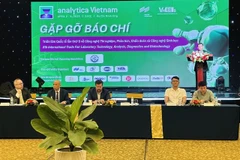
HCM City set to host laboratory expo Analytica Vietnam
Analytica Vietnam 2025, organised by the National Agency for Science and Technology Information and Statistics and Germany’s Messe München GmbH company, will showcase technologies, equipment and solutions from leading manufacturers and distributors of laboratory instruments, analytical tools and technologies.
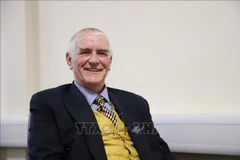
Vietnam has advantages in promoting sci-tech development, innovation: British scholar
The world has gone deeply into the Fourth Industrial Revolution, and Resolution No.57-NQ/TW on making breakthroughs in science, technology, innovation, and national digital transformation is a positive signal showing that Vietnam is already embracing and engaging in change.
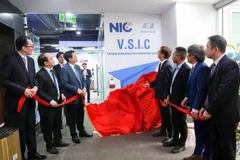
Vietnam Semiconductor Innovation Centre boots up in Hanoi
The launch of the VSIC shows a key commitment from FPT Corporation, NIC, and their partners to establish a sustainable semiconductor ecosystem in Vietnam, positioning the country as an attractive destination in this strategic industry.
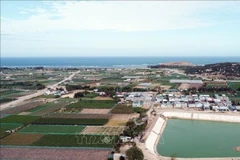
Vietnam ensures int’l commitments in nuclear power development
Vietnam, like other first-time nuclear power developers, needs to fully participate in international treaties on nuclear development, experts said.
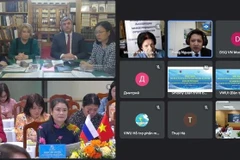
Symposium discusses ways to encourage women's engagement in science-technology
Tuyen stressed that the VWU has been carrying out practical activities to encourage women’s engagement in science and technology development, including promoting the establishment of the Vietnam Association for Intellectual Women, issuing a resolution on supporting women’s international integration by 2030, and launching initiatives like the Kovalevskaia Awards to encourage scientific research, innovation, startup and participation in digital economy and society among women.
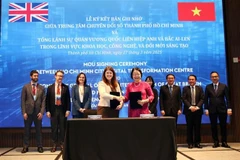
HCM City, UK strengthen partnership in digital transformation, innovation
Under the MoU, both sides will promote cooperation in research and innovation among policymakers, government agencies, research institutions, universities, and businesses to support digital transformation and drive technological advancements in the southern city.

Pilot programme allows SpaceX to provide satellite Internet services in Vietnam
This pilot programme will not impose any restrictions on foreign investors regarding ownership percentages or capital contributions, according to recently-signed Decision No. 659/QD-TTg.
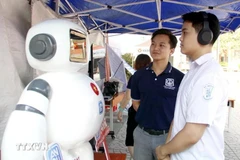
Russian expert hails Vietnam’s sci-tech development policy
Vietnam has chosen a right direction by setting the goal of making science – technology development, and innovation main driving forces for socio-economic development, said Dr. Grigory Trubnikov, Academician of the Russian Academy of Science and Director of the the Joint Institute for Nuclear Research (JINR) in Dubna (commonly known as Dubna Institute).

Vietnam harnesses AI to transform public services
The Government is accelerating AI application to reduce the paper workload and improve operation efficacy.

PM calls for nationwide digital literacy to empower citizens
PM Pham Minh Chinh tasked the Ministry of Science and Technology and the Ministry of Education and Training with developing a digital competency framework tailored to different groups, ensuring that civil servants, students, and workers alike have the necessary digital skills to work, learn, and engage safely and effectively in an increasingly digital world.
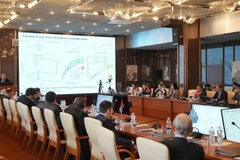
Vietnam, Russia hold promising scientific collaboration
Since 1982, when the Vietnam Academy of Science and Technology (VAST) became the official representative of Vietnam at JINR, the training of scientific personnel has been systematised, laying the foundation for the development of a high-quality scientific and technological workforce, playing a significant role in the country's renewal process.
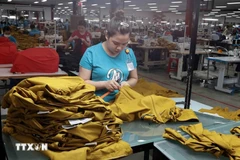
Vietnam poised for tech revolution: insights from Cambridge expert
Bang highlighted Vietnam’s advantages such as a young and tech-savvy population, steady economic growth, deep integration into global supply chains across multiple industries, and modern infrastructure like large airports and seaports.
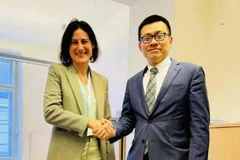
Vietnam, Austria explore cooperation in emerging technologies
Vietnam is highly interested in and wishes to strengthen partnerships with Austrian hi-tech companies, helping it make breakthrough in science, technology, and digital transformation, said Ambassador Vu Le Thai Hoang.
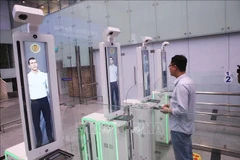
Preparations underway for biometrics, VNeID application at six airports
The biometric system is set for deployment at Tan Son Nhat between April and June, while at Noi Bai between March and September.
